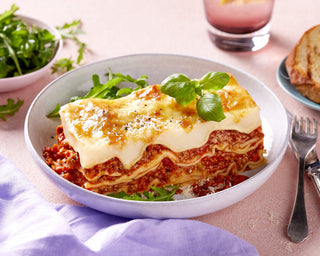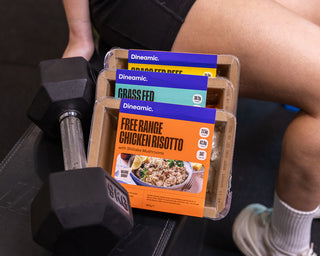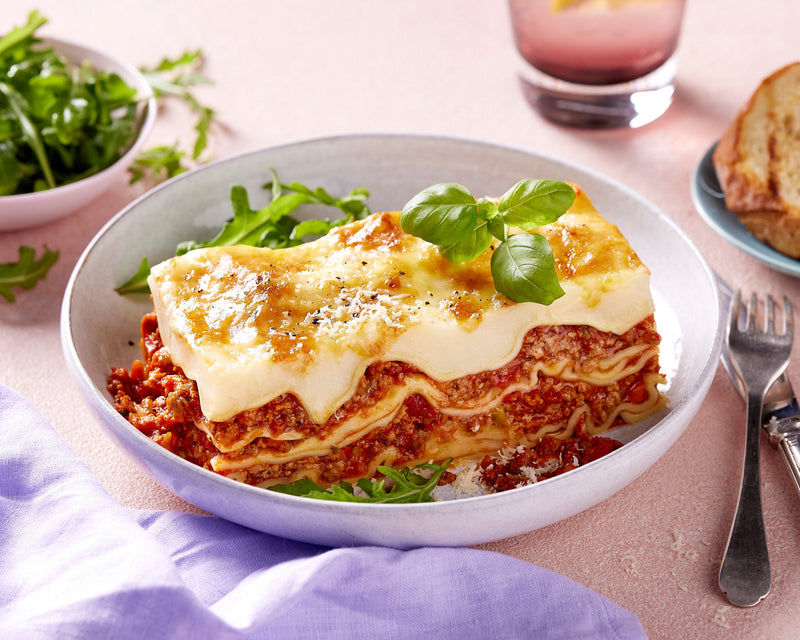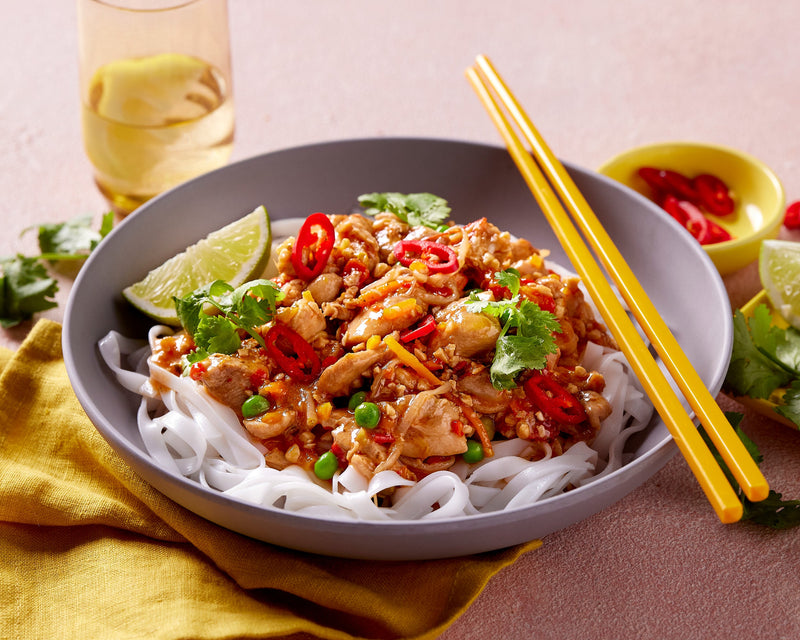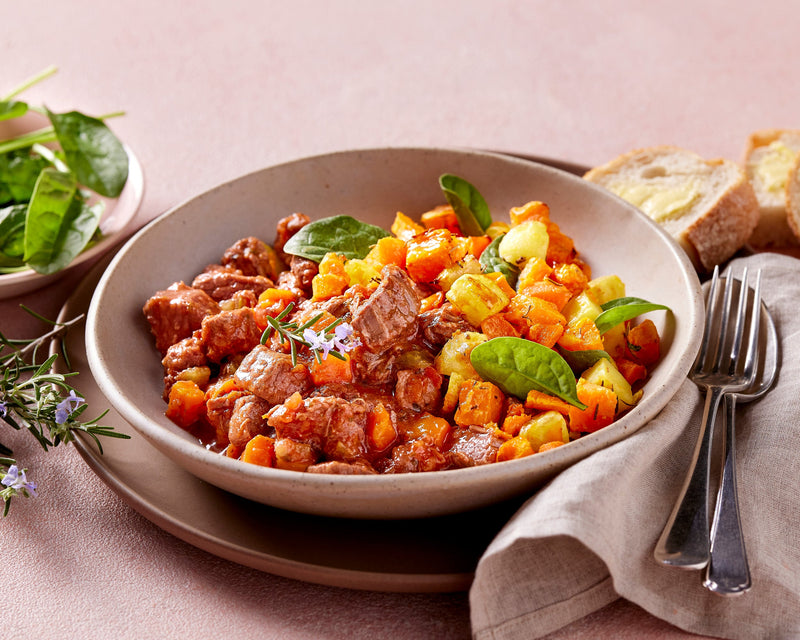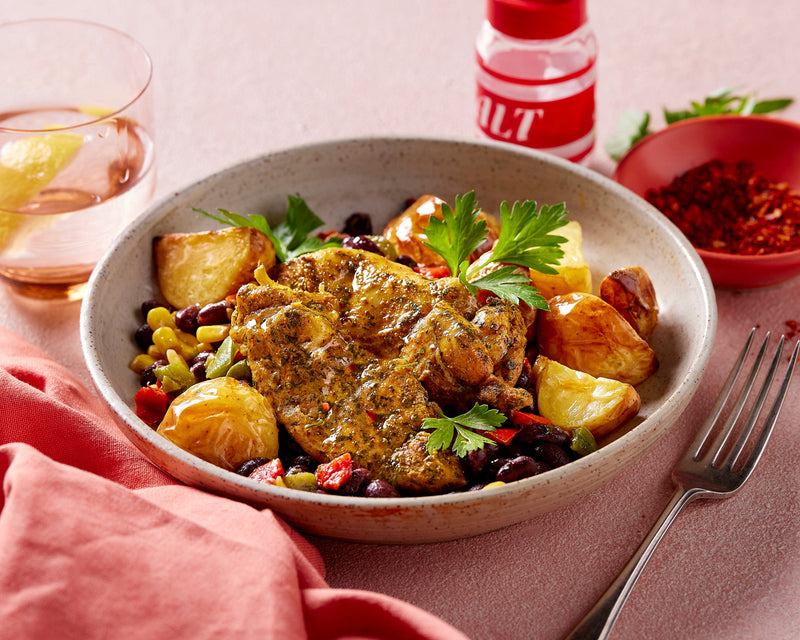You’ve probably heard your gym-junkie mate say they’ve been “pumping iron.” What they might not realise is they’re pumping iron in two ways—and no, we don’t mean a kettlebell and a dumbbell. While they’re lifting weights, iron is hard at work too—transporting oxygen throughout their body to help muscles actually do the pumping.
So, what does iron actually do?
It helps carry and store oxygen, powers your immune system, supports energy levels, and is essential to overall health.
You can get iron from a wide range of foods, but not all iron is created equal—there are actually two types, and they absorb differently in the body.
Haem vs Non-Haem Iron
Haem iron (from the word haemoglobin) is found in animal-based foods like red meat and is highly bioavailable—meaning your body can absorb it easily, without needing to convert it.
Non-haem iron is found in plant-based foods like spinach, legumes, and wholegrains. It’s not absorbed as efficiently, but there’s a hack: pair it with vitamin C. Add lemon juice, tomato, or capsicum to your meal to help your body absorb more iron.
What can block iron absorption?
Unfortunately, some foods and drinks can reduce iron uptake. Caffeine (like coffee and tea) and calcium (like dairy) can interfere with how well your body absorbs iron—so it’s best not to pair your iron-rich meals with a milky latte.
This is especially important for plant-based eaters, since non-haem iron is their main source.
Signs you might be low on iron
Been feeling extra tired, foggy, or getting more headaches than usual? You might be low on iron.
Iron deficiency is pretty common—especially among menstruating people, vegans and vegetarians. If you're concerned, it's worth having a chat with your GP.
How to turn up the iron in your diet
-
Choose iron-rich animal foods like beef, lamb, chicken liver (yes, pâté counts!), or salmon
-
Prep plant-based foods to boost absorption—e.g. soak oats overnight or use tempeh instead of tofu
-
Pair your meals with vitamin C-rich foods—lemon, capsicum, tomatoes, etc.
-
If you're plant-based, load up on iron-rich options like pulses, oats, mushrooms, fortified cereals, and leafy greens


